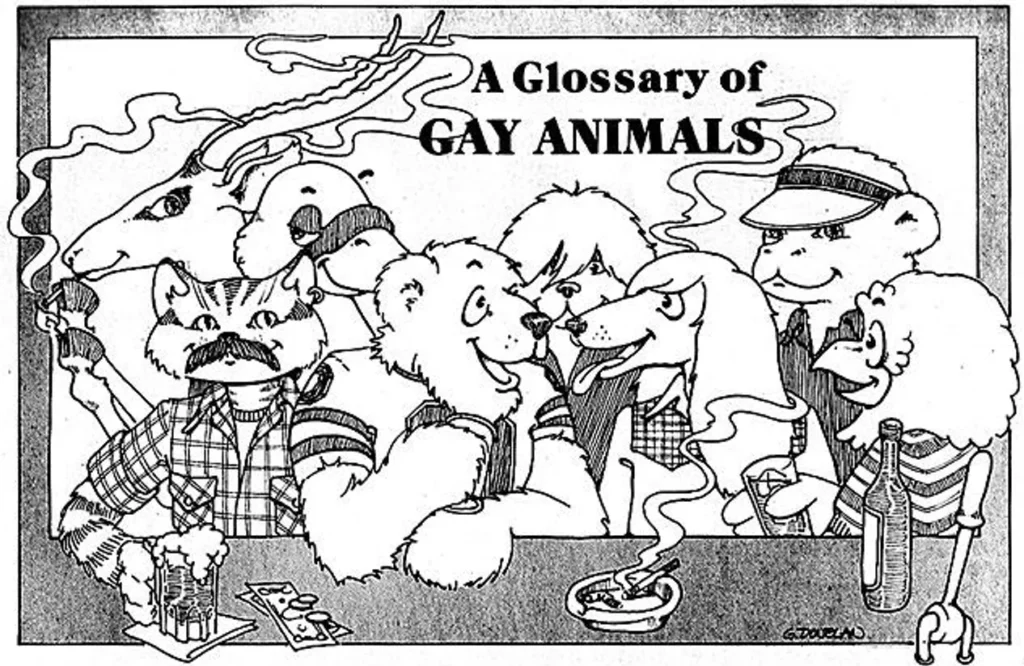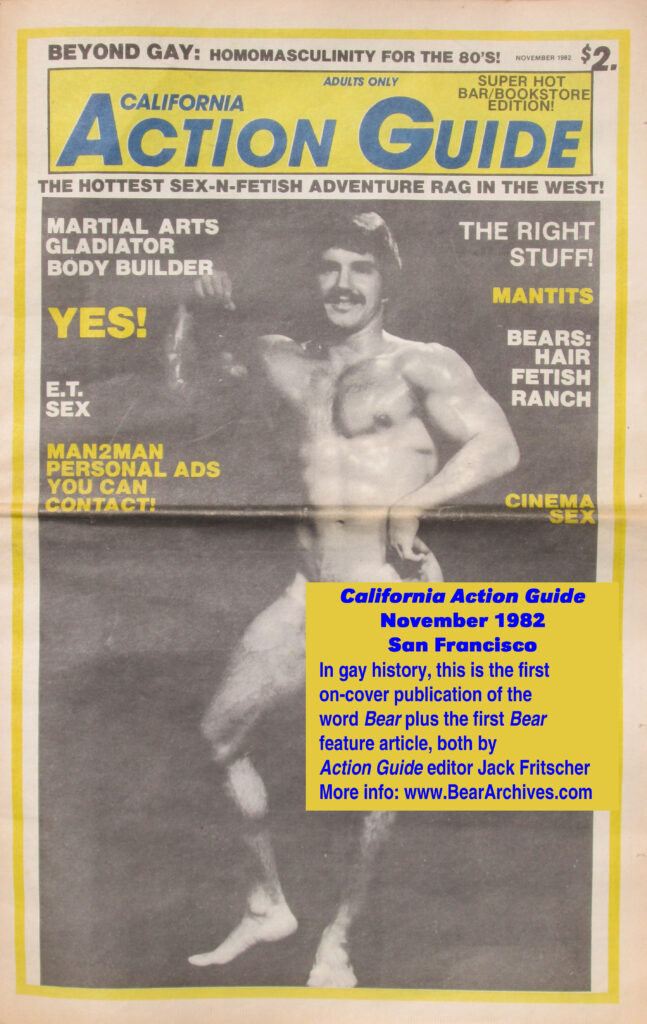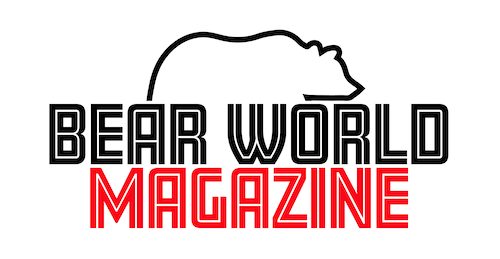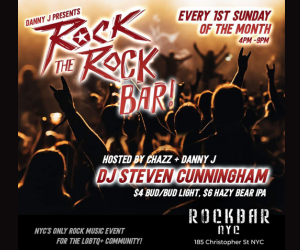Bear Tracks: The Murky Origins of Bear Culture Part 1
**Editor’s Note** Bear World Magazine is honored and thrilled to be working with Bear historian Les K Wright who has spearheaded the Bear History Project Reboot in order to chronicle and archive current events in bear culture and the history of the last 20 years, picking up where he originally left off in 2005. As part of this important work and our partnership with Les, he wanted to reach out to our readers and remind us of our history with a new bi-weekly column entitled “Bear Tracks”; the first of which you can read below. Details on Les’ prior work and how you can join the Bear History Reboot Project can be found below.
The gay bear identity is a recent phenomenon. For younger gay men bears have always been around. During their lifetime this has been true. However, self-identifying bears began in the mid 1980s. I know. I was there.
Many believe that bears began in San Francisco. San Francisco was “gay Mecca” and “leather Mecca” before it became “bear Mecca.” The answer to the question “Did bears begin in San Francisco?” is complicated. My answer is both yes and no. This is the “no” part.
Bears did not materialize out of nowhere. The idea of gay bears was a matter of the Zeitgeist. In his 1979 article “Who’s Who at the Zoo?” in The Advocate George Mazzei defined bears as having “larger chests and bellies than average, and notably more muscular legs … like some large dogs, tend to shed on the furniture…Bears laugh a lot and are generally good natured. They make wonderful companions since they are prone to reach for the check, buy the next round and keep abreast of when the Trockadero is dancing this season.” (I don’t recall any bears rushing to pick up my check.) Notably, Mazzei’s bear sports a 1970s clone moustache, not a full beard.


(The Trockadero—short for Les Ballets Trockadero de Monte Carlo—was an all-male drag ballet troupe that parodied the conventions of romantic and classical ballet. I once saw them perform in San Francisco. They were hysterically funny.)
In Bear Book II, Jack Fritscher (best known for his role in the leather community) lays out his “genome project” of tracing gay bear roots back to the 1960s. He was the first to publish the word “bear” on the California Action Guide magazine cover in 1982.
Many believe Richard Bulger and Chris Nelson, respectively publisher and photographer for Bear magazine, invented bears in 1987. Both Jack Fritscher and The Advocate disproved that claim. (For the record, the publication of The Bear Book in 1997 required the Library of Congress to introduce the category of “(gay male bear.”)

While doing research for The Bear Book in the late 1980s, I discovered gay men in numerous places across the US were calling themselves bears, sometimes based on physical attributes, sometimes also on their friendly, huggable demeanor. None of us were aware of this happening in other places.
As you can see, tracing historical roots is a messy and confusing business. It’s impossible to pinpoint a specific time and place as the starting point. And there are messy politics and egos involved.
Join us in two weeks when Les will address how and why gay bears emerged in San Francisco.
Help Les K Wright in his quest to document bear history by joining the Bear History Project International where you and a group of like-minded individuals can exchange ideas and help to preserve bear history and culture.

















